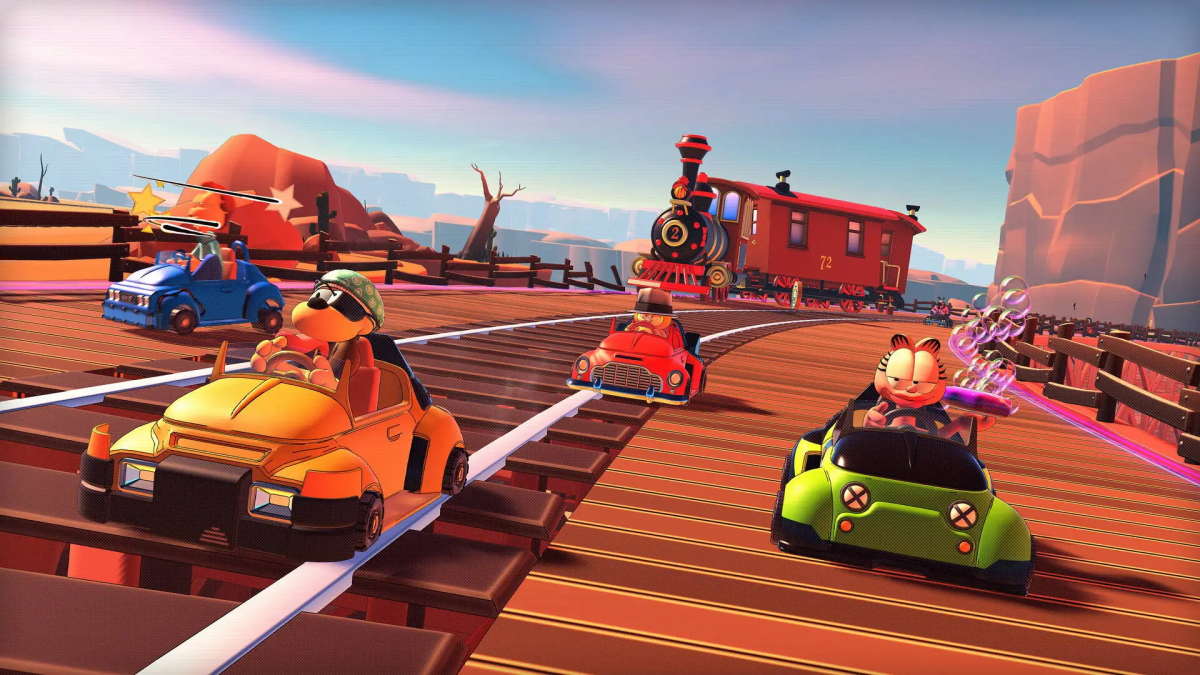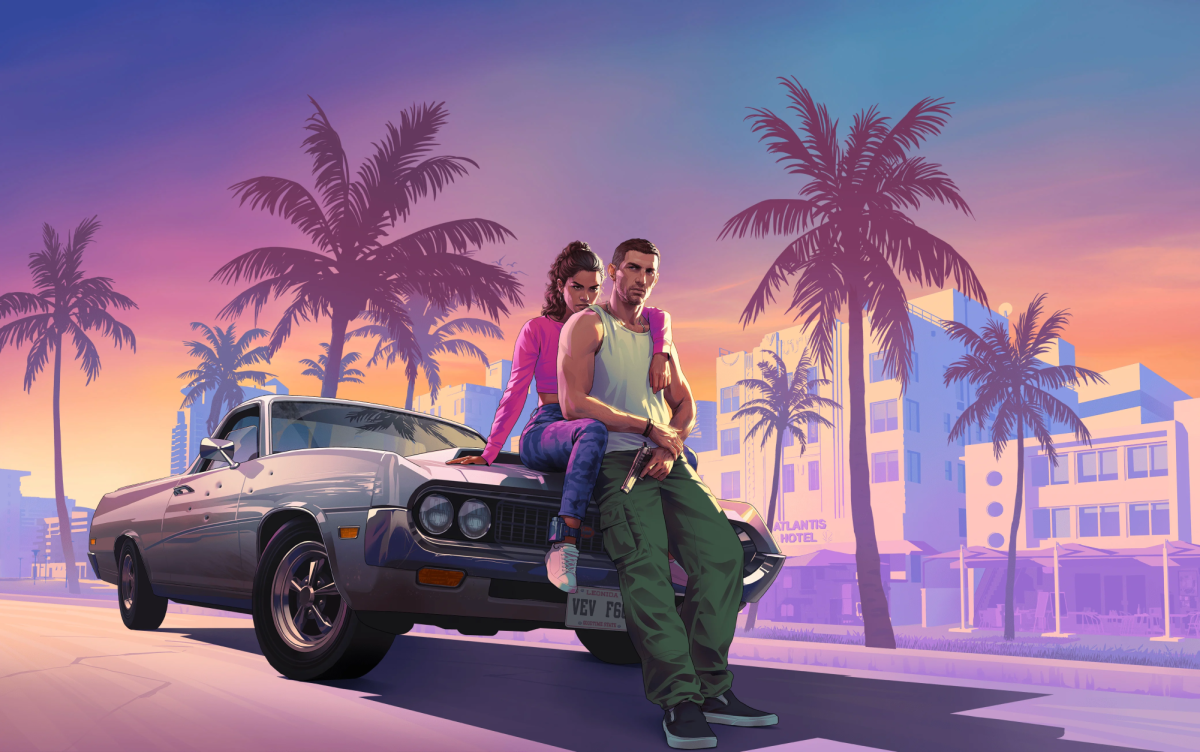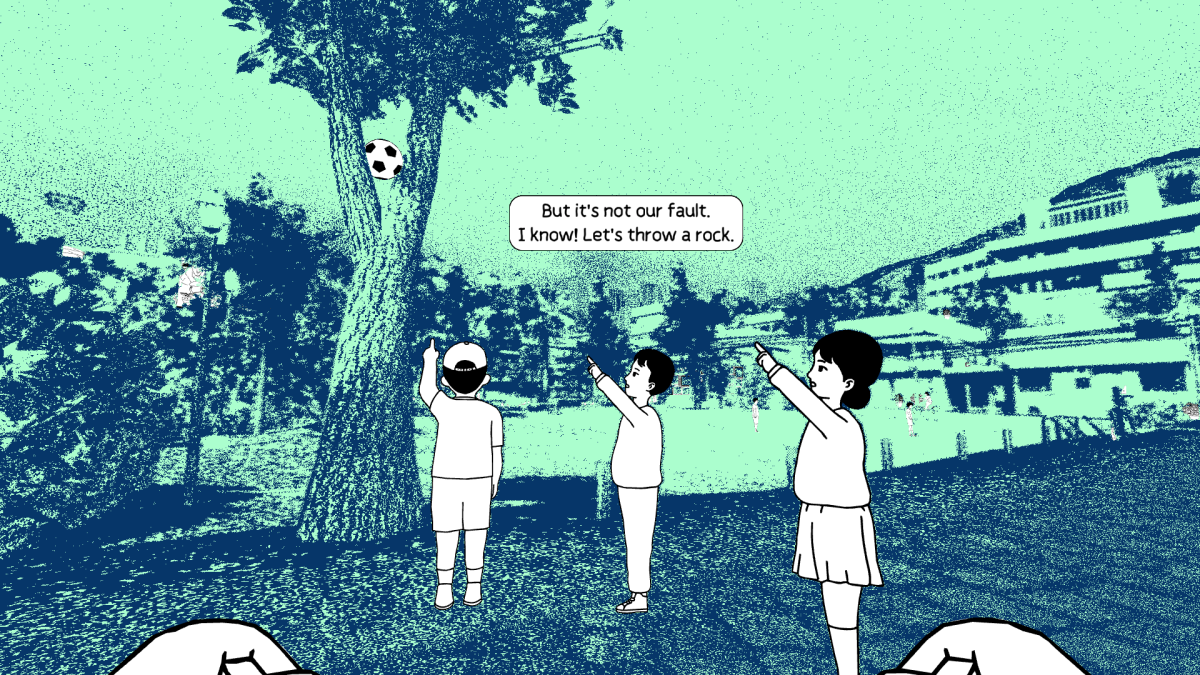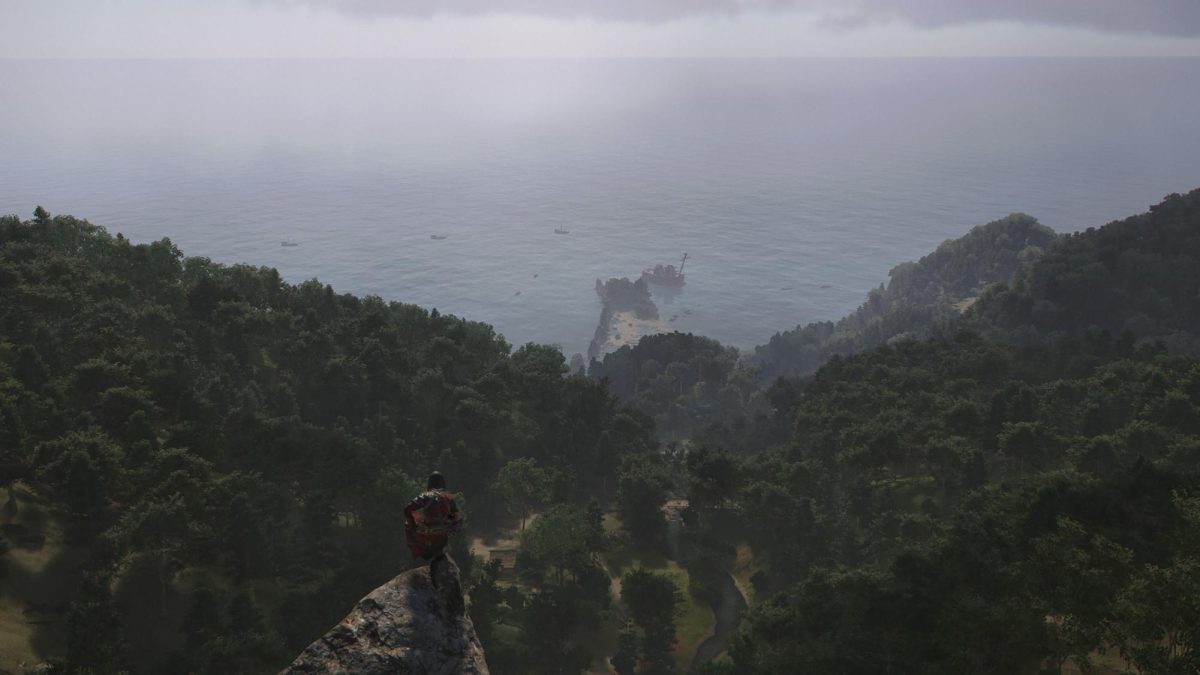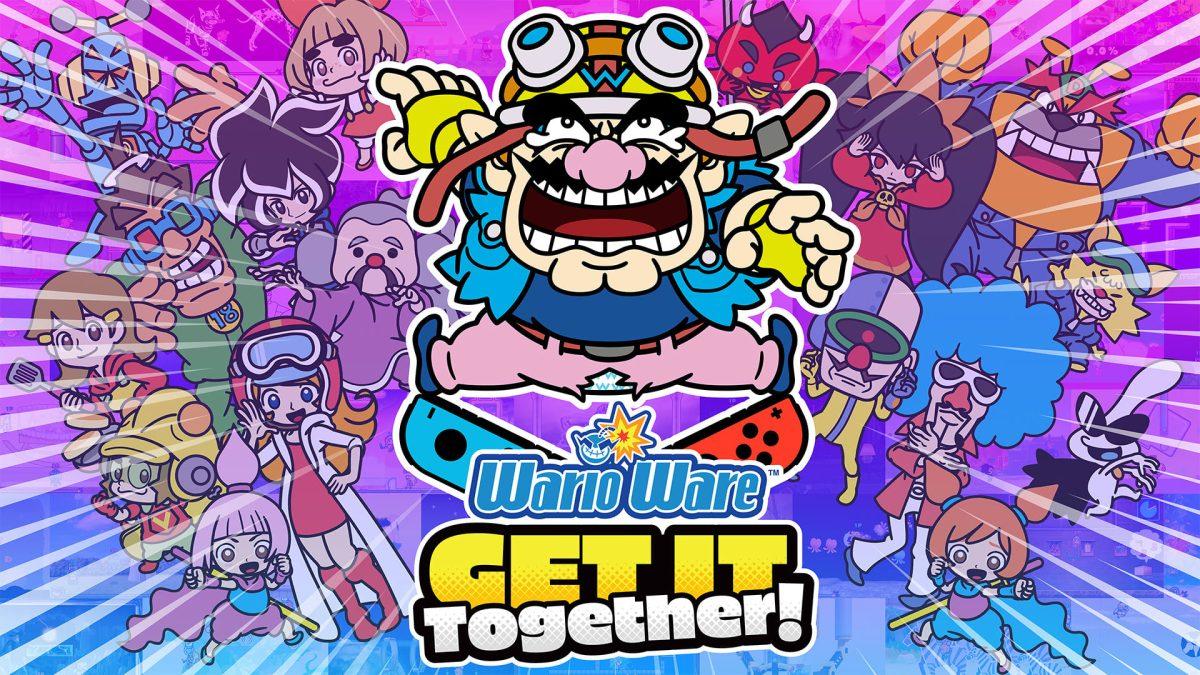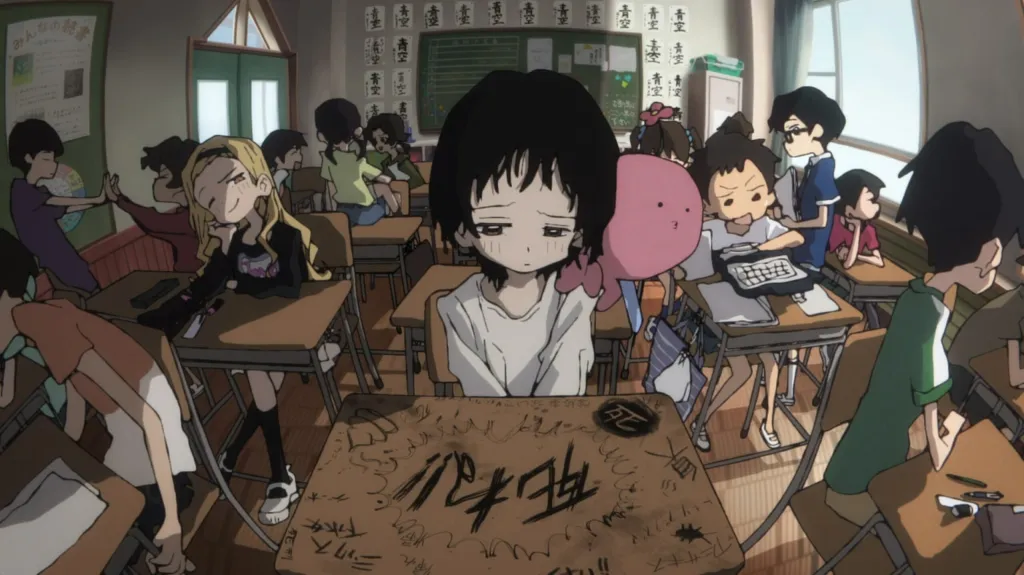
By Diego Lomeli
Upon starting up the application, followed by the opening credits and the typical health advisory found in every modern video game ever made, a fantastically well animated two-minute film shows us everything that “Eastward” has in store.
A man and his adopted daughter make their way through a post-apocalyptic world after being exiled from their home deep underground. The protagonists are a silent, bushy-bearded man named John and Sam, a silver haired, cheerful and spontaneous young girl with a habit of getting the two into trouble.
To call this game’s aesthetic pretty or gorgeous or anything of the sort would be a severe understatement. Often enough I found myself stopping at various stages throughout the game just to stare at and appreciate the sprite art. “Eastward” is a very unique game no doubt, but while the visuals, writing and lore were enough to carry me through the 30 hour campaign, the gameplay itself leaves much to be desired.
While John takes on the majority of the enemy and boss encounters with a mix of melee, ranged and explosive weapons, Sam relies on her energy blasts to interact with the world. She is able to remove obstacles, stun enemies and brighten up dark areas of the map.
Nearly every level is designed similar to that of a Zelda game: acquiring heart containers to increase health, finding keys to open doors and switching between characters on the fly to defeat enemies and solve puzzles.
The puzzles are simple enough, and there are only a few memorable instances where switching between characters is genuinely fun and fast paced. The same could be said about the lackluster combat.
It would have been nice to see more varied enemy design. It’s also painfully notable how certain enemies and bosses rely on forcing the player to wait before finding a weak spot and attacking. The boss fights are not inherently difficult, but the dull, overused pattern of having to wait, then attack and repeat until the boss is defeated gets old quickly.
Game mechanics aside, “Eastward” manages to take everything great about sci-fi and fantasy and merges it seamlessly into a world full of charming characters and pixel-pretty landscapes. Each location and the characters residing within them are all memorable.
Not to mention the amazing soundtrack by Joel Corelitz, the composer and sound designer behind Hideo Kojima’s “Death Stranding” and 343 Industries’ “Halo Infinite.” Each stage, area, character archetype, boss fight and cutscene has its own tune accompanying it.
While the game mechanics are a bit outdated and repetitive, Shanghai-based indie developers Pixpil have created a game overflowing with personality. The story, music and characters all blend together into a fun and engaging campaign.

